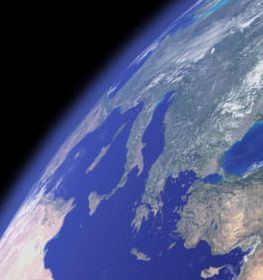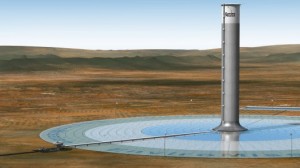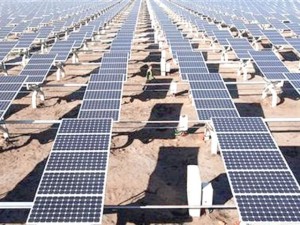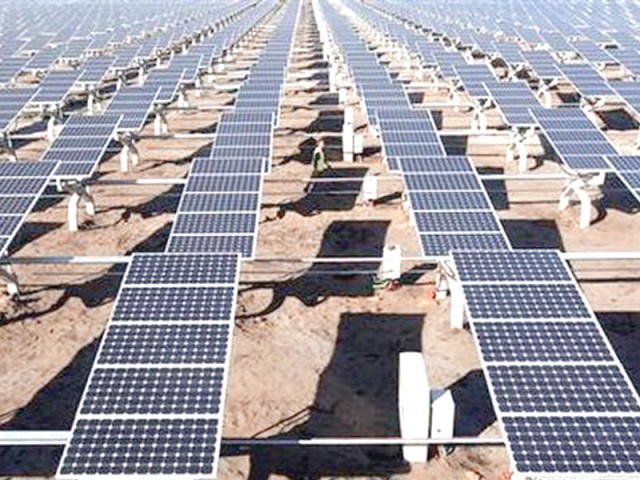The Australian Government has selected the AREVA Solar (Mountain View, Calif.), CS Energy and Wind Prospect CWP consortium’s “Solar Dawn” as the preferred solar thermal power project in Round 1 of the Australian Government’s Solar Flagships Program.
Solar Dawn is a proposed 250 megawatt (MW) solar thermal gas hybrid power plant and will be the largest plant of its kind in the world when completed. The Australian Commonwealth and Queensland Governments also announced their commitment to contribute USD 464 million and USD 75 million, respectively, to the project.

Compact Linear Fresnel Reflector solar thermal technology: AREVA Solar's Kimberlina Solar Power Plant in Bakersfield, California
Power plants to use Compact Linear Fresnel Reflector solar thermal technology
Solar Dawn will be located in South West Queensland, near CS Energy’s recently announced 44MW Kogan Creek Solar Boost Project. Like Solar Dawn, Kogan Creek Solar Boost will also use AREVA Solar’s Compact Linear Fresnel Reflector (CLFR) solar thermal technology.
As a solar thermal gas hybrid power plant, Solar Dawn will combine AREVA Solar’s CLFR solar steam generators with a gas boiler back-up system, giving it the ability to deliver around the clock power.
The Solar Dawn consortium will now work closely with key government, commercial and community stakeholders to finalize all relevant approvals and financing arrangements, as well as engineering, procurement, construction, operations and maintenance contracts, by the end of 2011.
Another significant milestone in the creation of a world-class clean energy industry in Australia
AREVA Renewables CEO Anil Srivastava commended the Australian and Queensland Governments on their vision for a low-carbon economy and their investment in this unprecedented utility-scale solar power project.
“The Solar Flagships Program demonstrates the Australian and Queensland Governments’ support for renewable energy. This announcement represents another significant milestone in the creation of a world-class clean energy industry in Australia,” he said.
Hybrid design will deliver energy even when the sun isn’t shining
“Solar Dawn will be an international showcase for the nation, using Australia’s abundant solar resource and AREVA Solar’s Australian-pioneered Compact Linear Fresnel Reflector technology to combine zero-carbon solar energy with a low-emission, gas boiler back-up system to efficiently produce clean, reliable power to meet Australia’s growing energy demand.”
“Once completed, the proposed project will be the largest of its kind and one of the most environmentally responsible power production plants in the world. Its innovative, yet simple hybrid design will deliver energy as needed, even when the sun isn’t shining,” he added.
The Solar Flagships Program aims to provide the foundation for large-scale, grid-connected solar power and accelerate the commercialization of this energy source in Australia. It is a key component of the Australian Government’s USD 5 billion Clean Energy Initiative.
For more information about the Solar Dawn power project, please visit http://solardawn.com.au/

 Follow
Follow


